Navigating the maze of customer relationship management (CRM) tool options can be challenging. After all, the platform you choose can make or break your customer engagement strategy.
As you research CRM platforms, you’ll likely come across two market leaders: Salesforce and SugarCRM. But how do they stack up against each other when it comes to features, pricing, and capabilities?
Read on for a complete breakdown of Salesforce vs SugarCRM, from their unique selling points to their impact on your bottom line.
Salesforce vs SugarCRM: A quick overview
What is Salesforce?
Salesforce is more than just a CRM tool; it’s a comprehensive platform that offers a wide range of services, including sales, marketing, and customer service functionalities. With its cloud-based architecture, Salesforce aims to be the go-to solution for businesses looking for an all-in-one platform to manage customer relationships, automate workflows, and generate insights.
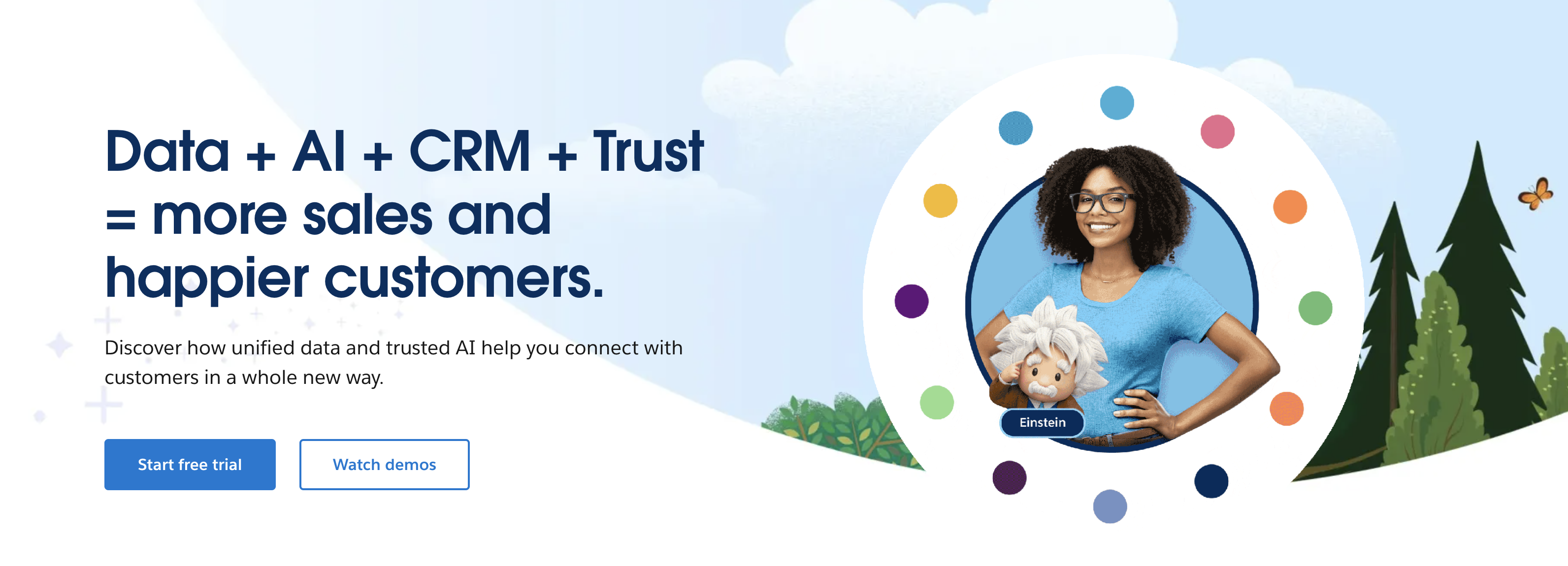
What is SugarCRM?
As an open-source platform, SugarCRM offers companies the flexibility to customize the software to meet their unique needs. SugarCRM also provides a streamlined user experience, automation capabilities, and mobile solutions to help businesses manage customer relationships effectively.

Salesforce vs SugarCRM: Key features
Here’s a brief look at each platform’s defining features.
Salesforce
- Lead and contact management: Salesforce excels in managing customer data, tracking interactions, and automating follow-ups.
- Sales forecasting: Using machine learning and analytics, Salesforce offers powerful forecasting tools to predict sales trends and customer behaviors.
- Email integration: Salesforce provides seamless integration with various email platforms, making it easier to manage communications within the CRM environment.
- Advanced analytics: Salesforce offers advanced data analysis tools, providing actionable insights for better decision-making.
SugarCRM
- Customer journey mapping: This feature allows businesses to visualize the customer lifecycle and find ways to improve engagement and satisfaction throughout the customer journey.
- Revenue line item tracking: SugarCRM offers detailed tracking of revenue line items, providing insights into sales performance and areas for improvement.
- Advanced workflow automation: With SugarCRM, you can automate repetitive tasks and processes, freeing up time for more strategic activities.
- Role-based views: SugarCRM allows you to customize the view of records according to different user roles, improving usability and efficiency.
Salesforce vs SugarCRM: Pricing
Budget is often a determining factor when deciding which CRM is right for you, so here’s a breakdown of each platform’s pricing structure.
Salesforce
Salesforce offers a number of different pricing plans for different products. These are the pricing plans for its Sales Cloud product:
- Starter is $25 per user per month. This is a basic CRM suite for small teams.
- Professional is $80 per user per month. Given its more comprehensive sales features, such as forecast management, this option is good for larger teams.
- Enterprise is $165 per user per month. Designed for larger businesses, this plan unlocks customizations and advanced pipeline management.
- Unlimited is $330 per month and offers everything in the Enterprise plan plus more advanced automation, AI tools, and developer support.
- Einstein 1 Sales is $500 per user per month and includes everything in the Unlimited plan plus additional features like Slack integration, Einstein Copilot powered by Generative AI and connection to Salesforce Data Cloud.
SugarCRM
SugarCRM offers three tiers of plans:
- Sell Essentials is $19 per user per month, with a minimum of three users and a maximum of five users. This includes basic features such as account, contact, and lead management, as well as forecasting and pipeline analytics.
- Sell Advanced is $85 per user per month, with a minimum of three users. This tier adds intelligent lead prioritization and mail and calendar integration to the list of base features.
- Sell Premier is $135 per user per month, with a minimum of 10 users. This plan offers robust sales force automation capabilities for complex businesses with built-in AI features.
Salesforce vs SugarCRM: Main differences
Here are the main differences between Salesforce vs SugarCRM:
- Customization: SugarCRM’s open-source nature allows for extensive customization, whereas Salesforce, although customizable, may require third-party apps for specific customizations.
- Complexity: Salesforce offers a vast array of features, making it a more complex solution. SugarCRM aims for simplicity and ease of use, providing a more straightforward user experience.
- Target businesses: Salesforce is highly scalable, catering to businesses from small startups to Fortune 500 companies. Its extensive feature set and third-party integrations make it a suitable choice for large enterprises with complex CRM needs. Comparatively, SugarCRM’s straightforward pricing and focus on core CRM functionalities is tailored more toward small and midsize businesses with limited budgets or specific requirements.
Salesforce vs SugarCRM: Pros and cons
Salesforce
Pros:
- Comprehensive and scalable option
- Strong ecosystem of third-party apps
- Robust analytics and reporting
Cons:
- Increasingly expensive with add-ons
- Complex, potentially requiring specialized training
SugarCRM
Pros:
- High level of customization
- User-friendly interface
- Cost-effective option for small businesses
Cons:
- Limited third-party integrations
- Potentially technical customizations
Salesforce vs SugarCRM: Integrations with Jotform
Regardless of whether you choose Salesforce or SugarCRM for your CRM needs, there’s one way to level up your data collection and customer engagement: with Jotform.
Jotform is an online form-building platform that simplifies how you collect and manage data, serving as a vital extension of your CRM efforts. With over 10,000 customizable free templates, Jotform allows you to design forms that perfectly align with your business needs, while its automation capabilities can significantly reduce manual data entry, freeing up your time to focus on customer relationships.
Jotform’s direct integration with Salesforce means you can effortlessly populate your CRM with data collected through custom forms, streamlining your lead generation and customer management processes.
While Jotform doesn’t yet offer a direct integration with SugarCRM, you can connect the two through Zapier, which enables workflows between the two platforms, making data collection and management a breeze. For example, in just a few clicks, you can add an automation that creates new records in SugarCRM for every new Jotform submission.
Ultimately, the choice between Salesforce vs SugarCRM will largely depend on your business size, feature requirements, and budget constraints. Regardless of your choice, Jotform can simplify your data collection and enhance your CRM capabilities, allowing you to focus on what really matters: building strong, lasting relationships with your customers.
Photo by Kelly Sikkema on Unsplash





















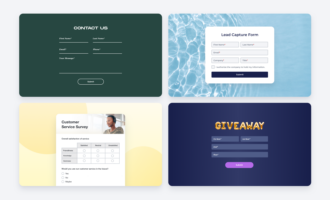











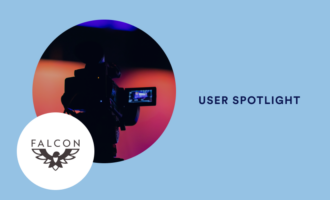




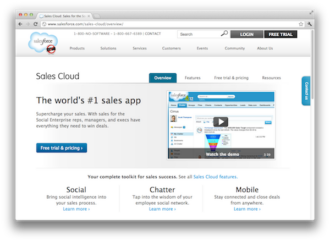



















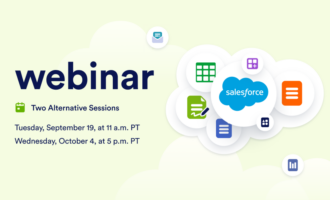




Send Comment: